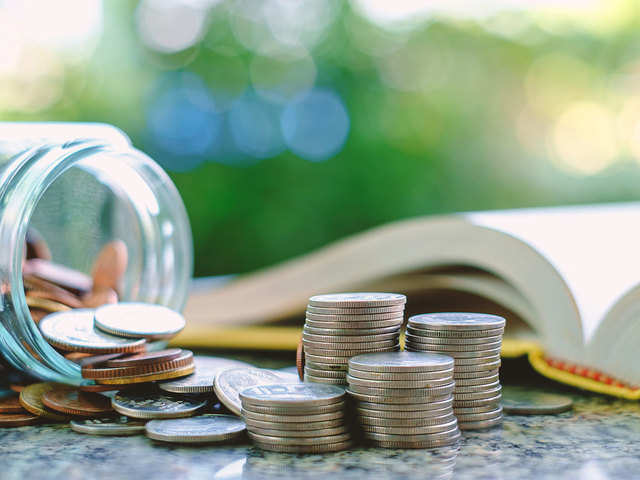
Life is full of uncertainties, and unexpected events can often catch us off guard. Whether it’s a medical emergency, a sudden job loss, or a major car repair, having a financial safety net in place can make all the difference. That’s where an emergency savings fund comes in. In this comprehensive guide, we’ll walk you through the ins and outs of building and maintaining an emergency savings fund that can provide you with peace of mind during challenging times.
Why an Emergency Savings Fund Matters
Imagine this scenario: your car breaks down on a deserted road, and the repair bill is higher than you anticipated. Or perhaps a sudden illness requires medical attention and time off work. Without a safety net, these situations can quickly escalate into financial crises. An emergency savings fund is your buffer against such uncertainties, providing you with the financial flexibility to handle unexpected expenses without derailing your overall financial goals.
Setting Your Savings Goal
The first step in building an emergency savings fund is determining how much you need to save. Financial experts typically recommend setting aside three to six months’ worth of living expenses. This cushion should cover essential costs like rent or mortgage, groceries, utilities, insurance, and any other fixed expenses.
Calculating your monthly expenses and multiplying by the recommended number of months will give you a general savings goal. Keep in mind that your personal circumstances, such as job stability and family size, might influence the exact amount you need.
Starting Small and Building Momentum
The idea of saving several months’ worth of expenses might seem overwhelming, but remember that every journey begins with a single step. Start small by setting a weekly or monthly savings target. Even if it’s just $20 or $50, consistent contributions will add up over time.
Consider automating your savings by setting up automatic transfers from your checking account to your emergency fund. Treating your savings contribution like a non-negotiable bill can help you stay on track and make consistent progress.
Choosing the Right Account
When it comes to emergency savings, accessibility and safety are key. Look for a savings account that offers a competitive interest rate while allowing you to withdraw funds without penalties when needed. A traditional savings account, a high-yield savings account, or a money market account could be good options. While the interest earned might not be substantial, the primary purpose of this account is liquidity and security.
Staying Disciplined and Avoiding Temptation
Building an emergency savings fund requires discipline and commitment. It’s important to resist the urge to dip into the fund for non-emergencies. Remember, your emergency fund is not a vacation fund or a source of money for impulse purchases. Consider keeping the fund separate from your regular checking account to reduce the temptation to spend it on non-essential items.

Supplement with Windfalls and Bonuses
Accelerate your emergency fund growth by directing windfalls and unexpected bonuses toward it. Whether it’s a tax refund, a work bonus, or a monetary gift, allocating a portion of unexpected financial gains to your emergency fund can significantly boost your progress.
Reassess and Adjust
Life is dynamic, and your financial situation can change over time. It’s important to periodically reassess your emergency savings fund to ensure that it aligns with your current circumstances. If you experience significant life changes such as a job change, marriage, or having children, you might need to adjust your savings goal accordingly.
Graduating to Other Financial Goals
Once you’ve established a solid emergency savings fund, you can start focusing on other financial goals, such as paying off debt, saving for retirement, or investing. The security of having an emergency fund in place allows you to allocate more resources toward these long-term objectives without worrying about unforeseen expenses derailing your plans. If you are seeking a source of inspiration and guidance on saving money, visit Stopie for further info.
Final Thoughts
Building an emergency savings fund is a crucial step in achieving financial stability and peace of mind. While it might take time and effort to reach your savings goal, the security it provides is invaluable. Remember that emergencies can happen to anyone, and having a financial cushion can make a world of difference in navigating those challenging times. Start small, stay disciplined, and watch your emergency fund grow as you take control of your financial future.
